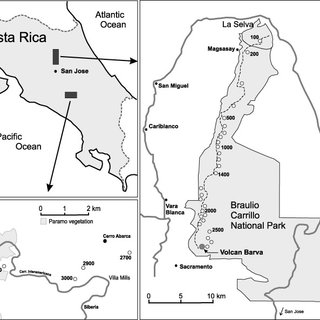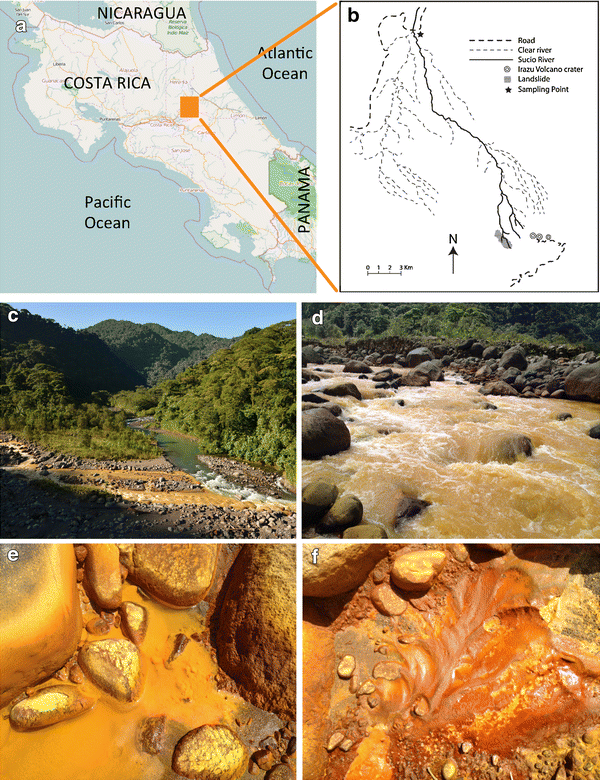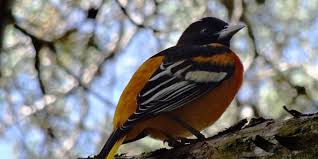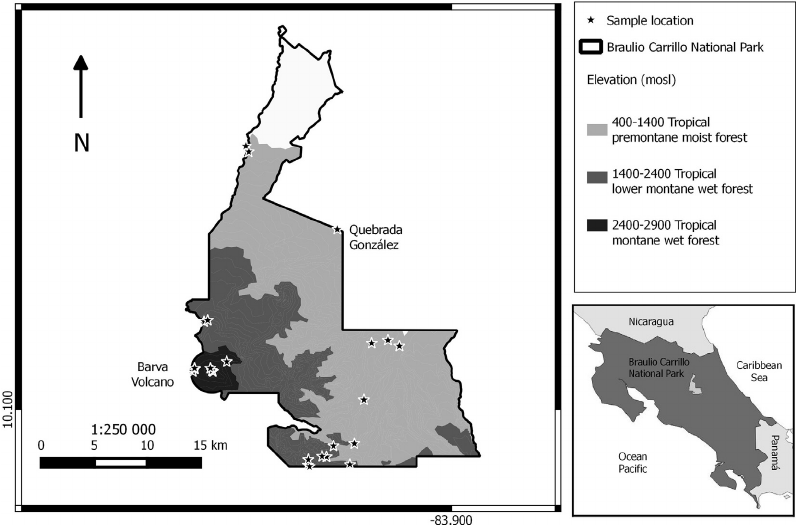

Location&History
The Forest is found in Costa Rica , to find this magnificent forest is a big part on the map of Costa Rica but here is the exact address Quebrada Gonzalez, Carr. San Jose Limon KM 2, Heredia Province, Costa Rica The history behind this amazing forest is The park was named in honor of former Costa Rican president Braulio Carrillo, whose administration had helped foster the nation's early agricultural economy and had built the first road linking San José to the Caribbean coast. This magnifcent forest was founded in 1978
Climate & Weather
The climate/Weather found in this amazing forest varies depending on the month it is, some are hotter than others. It typically rains about 157 to 315 inches of rainfall annually. Temperatures vary widely with elevation from average temperatures of around 79 °F on the lower east slopes to below freezing nights on the peaks and ridges. Driest in March and April while afternoon showers are the norm May through November. This makes it a happy place for all of the animals who live here !
Geology & Plant life
The park protects 117,300 acres 183 square miles, 140 times the size of central park NYC, 4/10ths the size of Rocky Mountain National Park Colorado) and elevations range from 36 to 2900 meters (118 to 9514 feet). The habitats represented in Braulio Carrillo are cloud forest, margin/edge, regenerating tropical rainforest-lowland and tropical rainforest-upland. The plant life is an amazing life forms to look at, you can feel the oxygen being let off Because the landscape of Braulio Carrillo is so varied, so too is the vegetation found in the park. There are more than 6,000 plant varieties within the nearly 48,000 hectares of the park grounds. Of these many wide-ranging plant species you’ll find the ciprecillo, candelillo, white oak, cedrillo, manu, mahogany, oak, caobilla, gavillan, and some endangered flora such as the nazareno, jicaro, palmito dulce and the surtuba. Braulio Carrillo contains about 50% of all the plant life found in Costa Rica.
WildLife & Environment
The wild life in this amazing like forest is to die for, You can find so many different types of animals and mammals, There is Over 150 species of mammals including howler and white faced capuchin monkeys, tapirs, Deppe’s squirrel, white-nosed coati, northern tamandua, jaguars, white-tailed deer, ocelots, pacas, raccoons, and peccaries also invite you to explore their home in Costa Rica. The most outstanding part of this forest is Braulio Park encompasses much of the volcanic central valley region, and stretches from the province of Heredia into the province of San Jose with some outlying areas that enter into the provinces of Limon and Cartago. Straddling four of the seven provinces of Costa Rica guarantees that the park has a varied and impressive array of plants, animals and ecological zones. You can take a trip down the Sarapiqui, sail through the trees in a cloud forest or hike through the underbrush of a tropical rainforest.
Tourist Information
Throughout this giant magnificent forest you can take a monorail through most of it and enjoy the beautiful views while sitting and relaxing, Perhaps the most extraordinary feature of this national park is an orange color stream called the Rio Sucio or ‘Dirty River’, which gets its name from the sulfur deposits found on the Irazu Volcano. The best time to visit the Braulio Carrillo National Park is in March and April, when there is less rain. However, higher elevations in the park can get extremely cold anytime of the year; therefore, it is recommended that one wear warm clothing when coming here. There are several hiking trails throughout the park and three ranger stations, but there are no proper services or accommodations out here.
CITE PAGE
Image/text 1 (America, L. (2011, May 25). Costa Rica tourism and travel Bureau - braulio Carrillo National park map. Retrieved March 06, 2021, from https://www.costaricabureau.com/nationalparks/brauliomap.htm) Image/Slide 2 (RelaxingWhiteNoise (Director). (2019, October 02). Sleep, study or focus with rain sounds in the Woods white noise | 10 hours [Video file]. Retrieved March 10, 2021, from https://www.youtube.com/watch?v=9oc8Fa7tb8c)
Citation 2
Image/Slide 3 ( Arce-Rodríguez, A., Puente-Sánchez, F., Avendaño, R., Libby, E., Rojas, L., Cambronero, J., . . . Chavarría, M. (1970, January 01). Pristine but METAL-RICH Río Sucio (Dirty river) is dominated BY GALLIONELLA and OTHER IRON-SULFUR oxidizing microbes: Semantic Scholar. Retrieved March 10, 2021, from https://www.semanticscholar.org/paper/Pristine-but-metal-rich-Ro-Sucio-(Dirty-River)-is-Arce-Rodrguez-Puente-Snchez/96f18600dceea750a20f69fee5b0aa8ffd58b375) Image/Slide 4 ( Burgstine, J. (2010, July/August). Braulio Carrillo national Park, Costa Rica. Retrieved March 10, 2021, from https://www.entercostarica.com/attractions/national-parks-and-refuges/braulio-carrillo)
Citation 3
Slide 5/Image 5 ( Sarouhan, T. (Ed.). (2003). Braulio Carrillo national Park, Costa Rica - city guide. Retrieved March 10, 2021, from https://www.govisitcostarica.com/region/city.asp?cID=361) Image/slide 6 ( Robinson, C., Saatchi, S., Clark, D., Hurtado Astaiza, J., Hubel, A., & Gillespie, T. (2018, April 18). Topography and three-dimensional structure can estimate TREE diversity along a tropical ELEVATIONAL gradient in Costa Rica. Retrieved March 10, 2021, from https://www.mdpi.com/2072-4292/10/4/629/htm)









